Perhaps the biggest problem for the largest concentration of data centers in the world is powering them all. Data centers use huge amounts of electricity, and as new technology created more ways for data centers to burn electricity, it soon became impossible to power them with the electricity available. Couple this with state "clean energy" policy that prohibits the building of any new fossil fuel generation, and you've created a recipe for disaster.
This disaster recently manifested as PJM's 2022 Window 3 transmission plan. Regional grid operator and planner PJM Interconnection was tasked with finding a solution to the closing of 11,000 MW of existing fossil fuel generation in Virginia and Maryland combined with 7,500 MW of new data center load in Northern Virginia. PJM did the only thing it knows how to do... create new electric extension cords across the region that will import electricity to data center alley from fossil fuel generators in other states. The only two states in PJM that export electricity are Pennsylvania and West Virginia, where coal is still king. Pennsylvania produces electricity mainly from natural gas and nuclear, with a significant amount of coal still in its mix. West Virginia's electricity mix is over 90% coal.
The new extension cords are 3 new 500kV transmission lines pumping electricity to data center alley from Pennsylvania and West Virginia. It's bad enough that the new extension cords will plow through communities in other states, expanding transmission easements and cutting new ones, but PJM also expects electric customers in other states to pay for a significant share of the cost of these new extension cords. What do Pennsylvania and West Virginia get from this? New transmission lines, property destruction and devaluation. They don't get any electricity... that's all going to Northern Virginia.
When approving this destructive (and unlikely to actually happen) transmission plan, PJM selected the cost allocation scheme that spreads the costs of the projects as widely as possible across its region. The thinking there is that spreading the $6B cost among as many people as possible won't be noticed by individual electric consumers. If PJM allocated the costs solely to the causers of the new transmission lines (the state of Virginia) then the rate increases they cause will be very noticeable. In fact, it may be so noticeable that businesses and residents may begin to leave Virginia for neighboring states where electricity is more affordable.
PJM is complicit with the State of Virginia to cover up its data center disaster by inflicting new transmission on other states instead of the state that caused it. Sure, Virginia is being allocated a huge chunk, but not all. Another huge chunk is still being spread among all PJM consumers as far away as Illinois, Indiana, Ohio, New Jersey, Kentucky, Tennessee, North Carolina, Maryland, Pennsylvania and West Virginia. This is because PJM selected the cost allocation scheme that allocates 50% of the cost of the new projects to everyone in the region based on their peak load percentage from the prior year. An area that uses a lot of electricity gets a bigger share, for instance electric customers in Northern Illinois are paying a larger share of this 50% than electric customers in Virginia that will actually use the electricity piped in on the new extension cords. Why is anyone in any state other than Virginia paying for this new data center transmission?
The other 50% of the costs are allocated based on cost causation, with load areas at or near the data centers paying a higher percentage. However, the load areas near the data center are enormous. The Dominion zone where the data centers are being built also consists of customers in all parts of Virginia, plus some in North Carolina. The Allegheny Power zone contains customers at/near the data centers, but it also spreads to cover a huge chunk of West Virginia and Pennsylvania. Why are consumers hundreds of miles from the data centers paying so much money to build extension cords for Virginia's new data centers? This isn't fair.
PJM's cost allocation schemes are part of its FERC-approved tariff. However, PJM must receive FERC approval for each individual collection of transmission projects to ensure they have chosen the correct cost allocation scheme for the projects. PJM filed to spread the costs across the region back in January, which opened a 30-day comment period.
While lots of entities intervened in the FERC docket for this cost allocation, only 3 comments were received. That's right... only 3 entities thought this was unfair. Two of them are residential ratepayers, and the other is the Maryland Office of People's Counsel.
I filed these comments. I asked FERC to open an investigation into the justness and reasonableness of PJM's cost allocation and took the position that the "clean energy" policies of Virginia and Maryland caused the retirement of 11,000 MW of baseload generation in their states. Also, only Virginia is responsible for the 7,500 MW of new data center load. West Virginians should not be paying for these new transmission lines. Being the "power house" for the electric supply for Virginia's data centers ties West Virginia into many more years of coal-fired electricity production. Even if West Virginia wanted to close those old, dirty plants, they cannot because Virginia needs the power for their data centers.
| 20240209-5129_er24-843_final.pdf |
| 20240209-5183_er24-843comments.pdf |
| 20240209-5220_mdopc_protect_and_affidavit_of_r._nelson_er24-843_02-09-24.pdf |
PJM won't be successful in getting all these new transmission lines built in other states, and certainly not by their projected "need" dates in 2027. What then? Will the lights go out? PJM made the wrong choice and we're all going to have to pay.
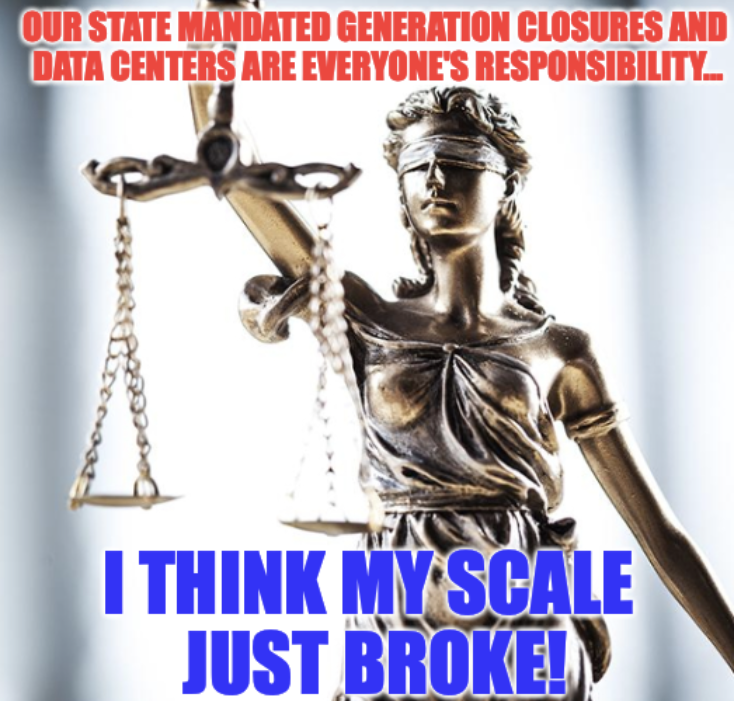
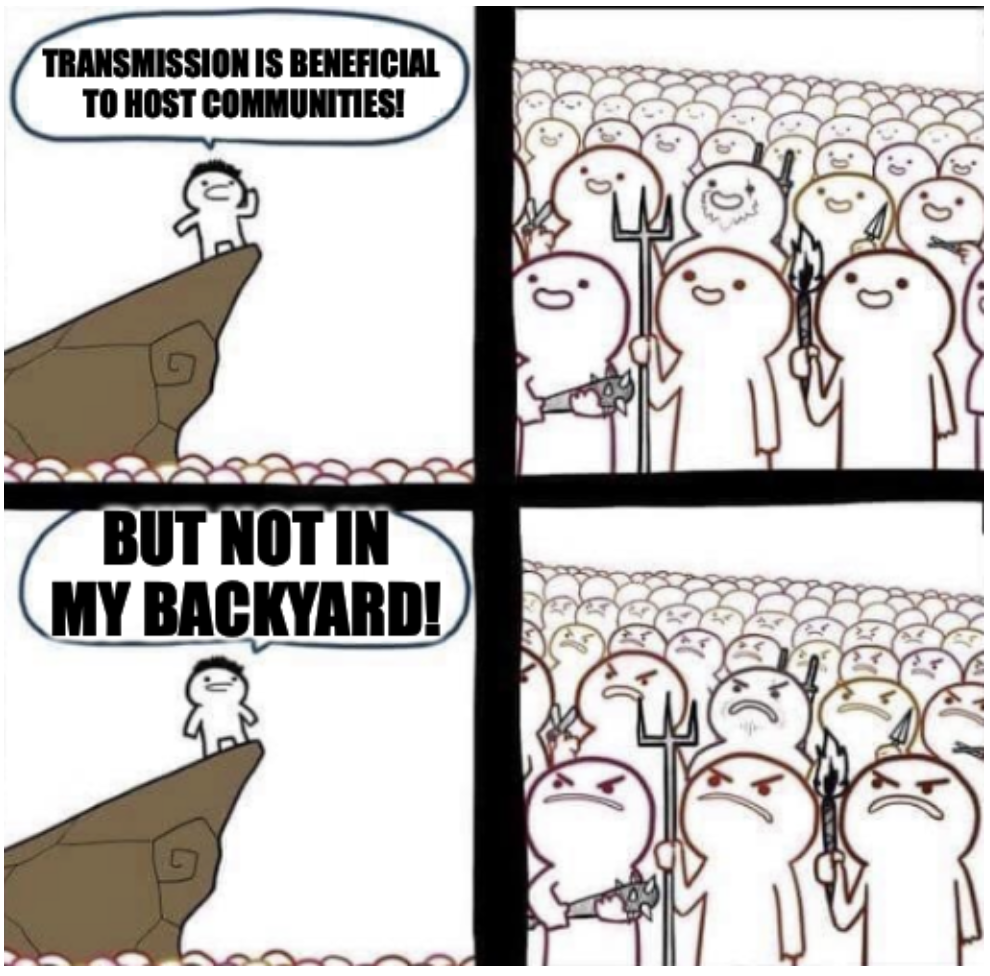
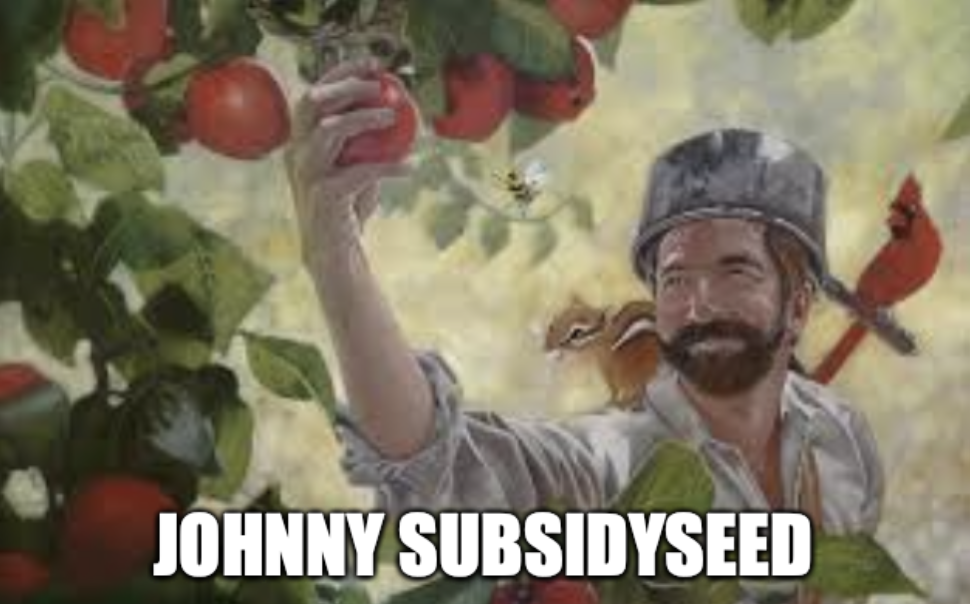
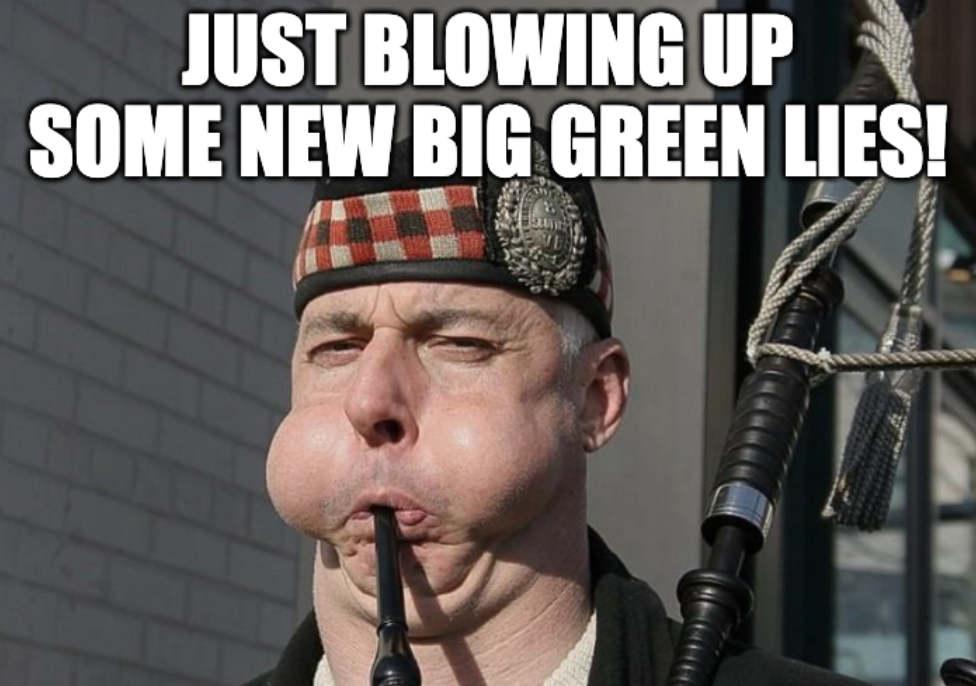
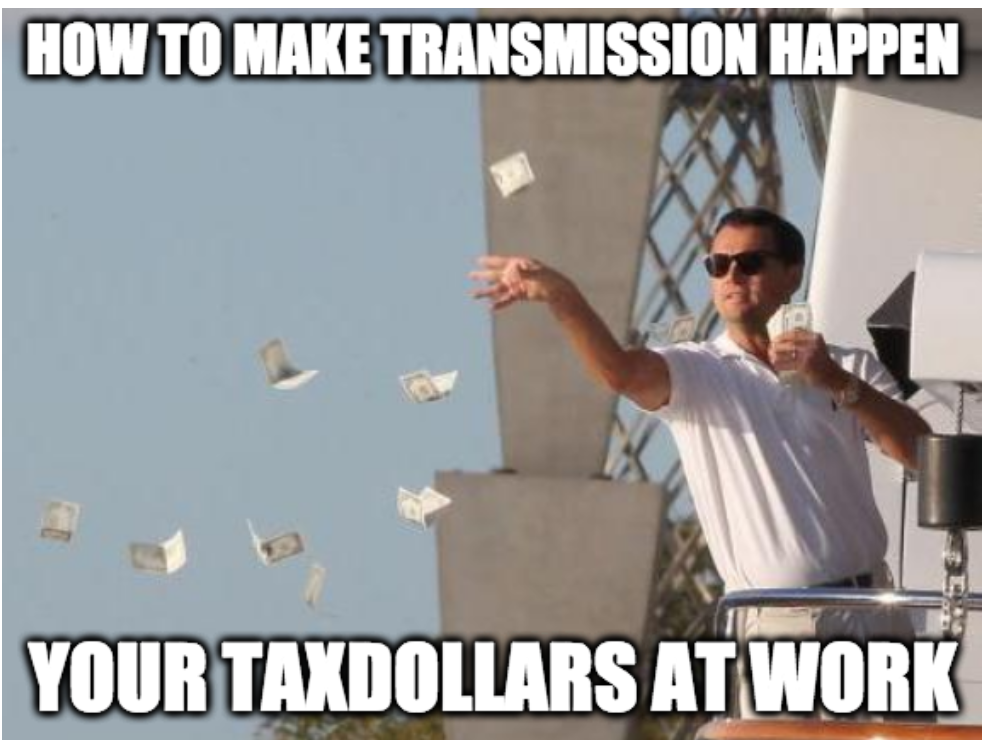
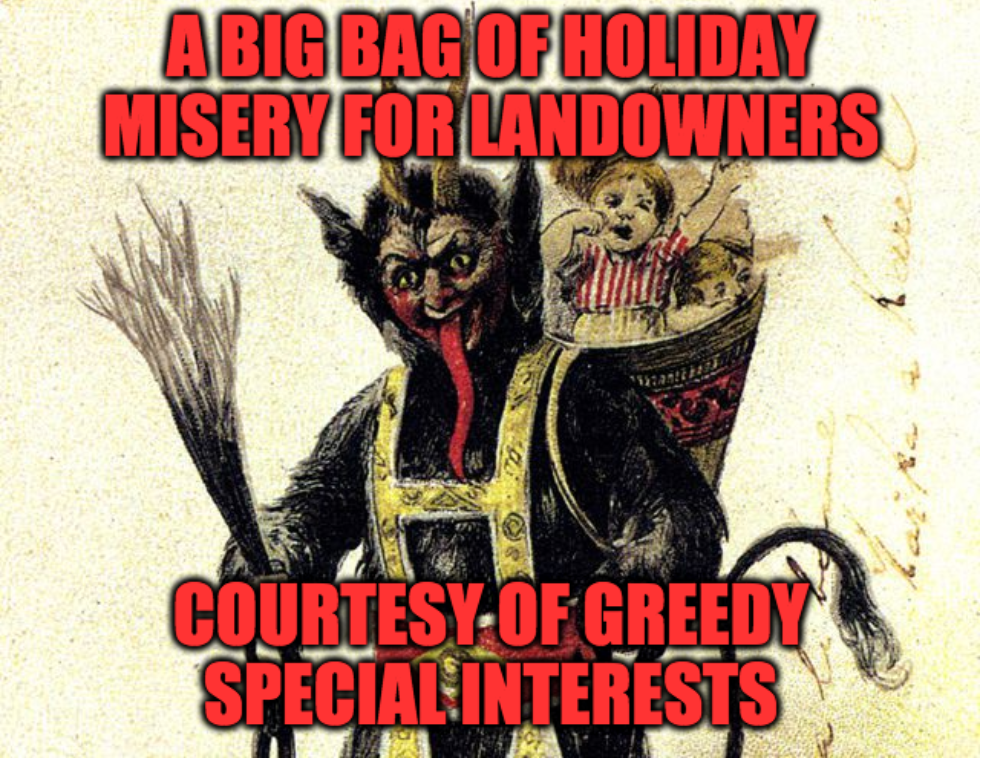
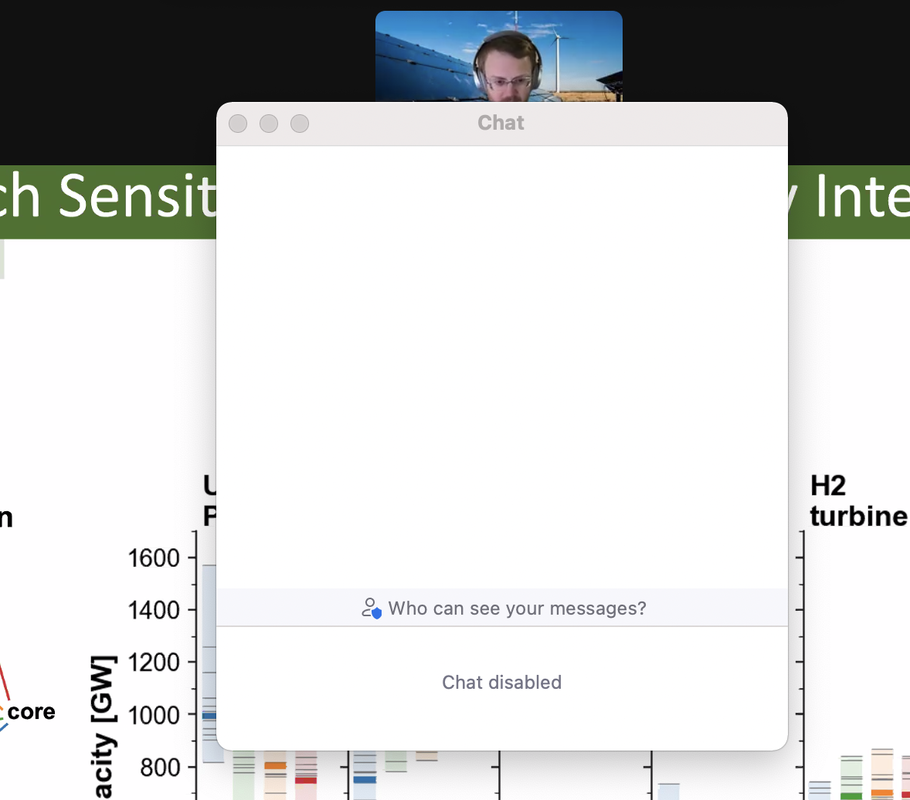
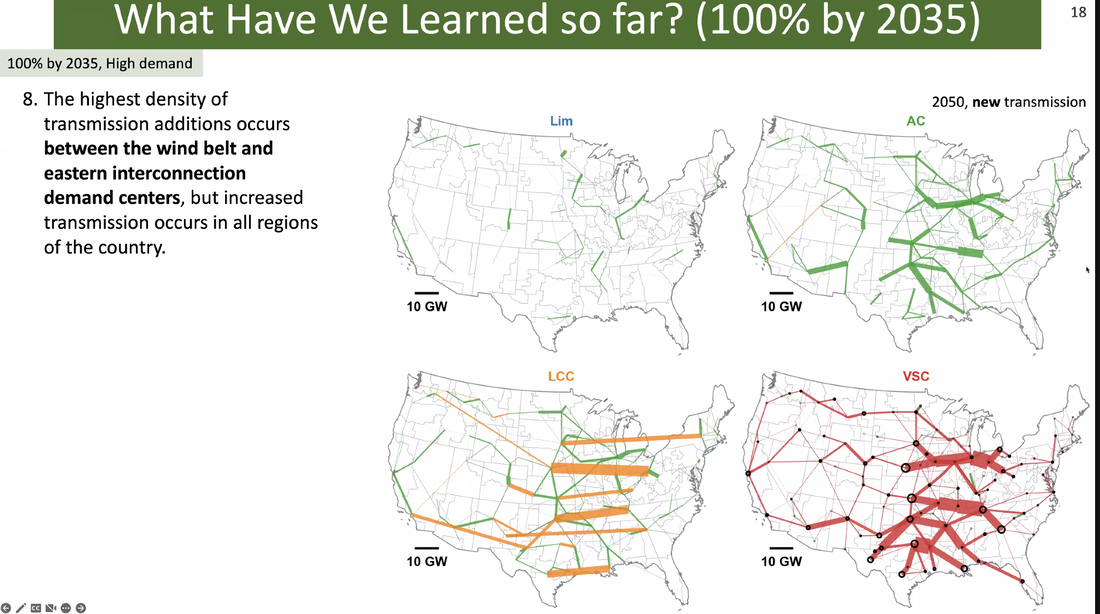


 RSS Feed
RSS Feed